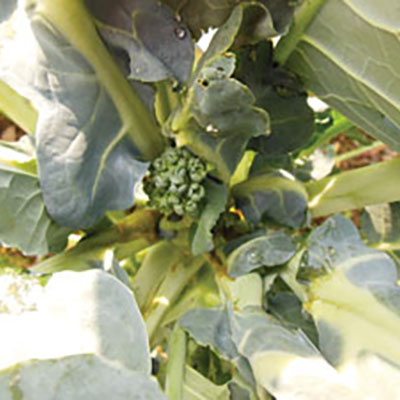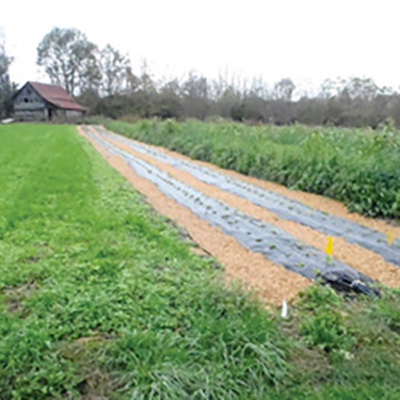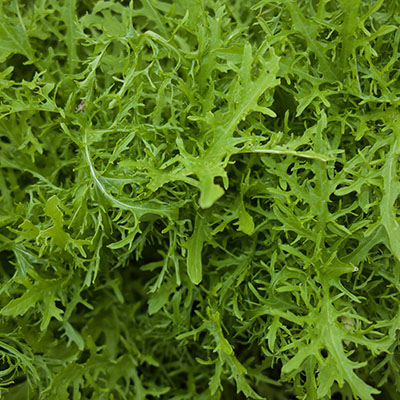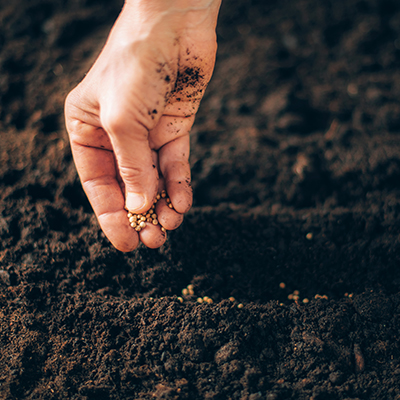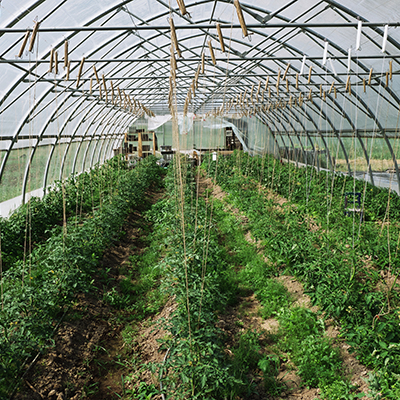Growing for Market in partnership with Johnny's Selected Seeds has created a library of expert information about growing and selling vegetables and flowers. Links in the article will take you to johnnyseeds.com.
Subscribe to Growing for Market for more great ideas about growing and marketing!
For more topics in the series, click on Market Farming Basics in the left column.

![]()
In most places, August is the busiest month on the farm or in the garden. Most growers are picking tomatoes, peppers, sweet corn, melons, and other summer crops this month. Winter squash may be starting to mature, and onions and garlic may be drying for winter storage. And, of course, it's time to plant fall crops.
Many vegetables can be sown now to mature during the next two months, when the cooler weather of autumn will improve their flavor and quality. These include beets, carrots, escarole, endive, greens, kale and collards, kohlrabi, lettuce, bunching onions, peas, radishes, spinach, Swiss chard, and turnips.
The success of the fall garden depends on two key factors: Getting those cool-loving plants to germinate and grow during the hot days of late summer; Protecting them from occasional light frosts in fall for a long season of harvest.
Here are some details about how to meet both requirements for a productive fall garden.
Getting fall plants started
Many plants that thrive in cool weather will nevertheless germinate just fine in hot weather. Beets, carrots, chard, lettuce, onions, radishes, and turnips will all germinate at soil temperatures of 85-95°F (though their optimum germination temperatures are about 10° cooler). Those that require 80°F for germination include escarole, endive, kale and kohlrabi. Spinach germinates best at 45-75°F, and grows best with temperatures in the 60s.
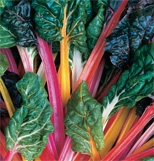
Because of these different requirements, varieties should be grouped according to their germination requirements. The first group, which will germinate in the heat, can be planted together with no special precautions. Beets, carrots, peas, radishes, and turnips can be direct-seeded in the garden. Swiss chard, lettuce, and onions can be direct-seeded or started in plug trays for transplanting later.
The plants that need cooler temperatures should get some extra attention. One strategy is to cool the soil by watering it thoroughly in the evening, and then hanging shade cloth on hoops over the bed the next morning. The shade cloth will cool the soil and after a few days, seeds can be sown in the evening, then watered again. Another strategy is to pre-sprout the seeds: soak overnight in a jar of water, then put the jar in the refrigerator for a few days, turning it daily. The germinated seeds require careful handling during planting, and frequent watering after that to keep them from drying out.

Spinach can be the trickiest crop of all to get established outside in fall. Even if you can get the seed to germinate, spinach is susceptible to bolting during hot weather if it gets stressed by dry soil or crowding. Thin seedlings and keep the spinach bed well-weeded and watered. The sweet flavor and crisp texture of fall spinach will be your reward.
For all fall crops, daytime watering is essential for the first month. Plan to drip irrigate, sprinkle or mist the fall crops every day that it doesn't rain.
Keeping them going
If you can get fall crops up and thriving by the end of September, you're well on the way to a bountiful harvest. Don't let a surprise early frost take out your plants. As soon as the weather turns cool, put hoops over your beds and be ready to pull row cover over the hoops whenever the forecast is for temperatures in the 30s.
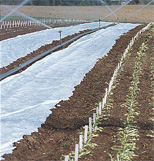
Row cover is available in different weights, and you'll find a good explanation of the differences in the Tools and Supplies section of Johnny's catalog. There's also a video about using row cover on Johnny's website, www.johnnyseeds.com. If your weather in autumn tends to swing from hot to cool for several weeks, you may want to anchor row cover with sandbags or T-posts so you more easily remove it during hot spells. If your weather cools down and stays cool, you can bury the edges of the row cover in soil and leave it over the plants.
Fall in the hoophouse
All the fall crops mentioned above can be grown in an unheated hoophouse for several months longer than in the field. Succession plant these crops for several weeks or plant a larger quantity that can be harvested into the winter. You may also be able to grow additional crops in fall in the unheated hoophouse. Beans, broccoli, cabbage, cauliflower, and pac choi may reach maturity if you start them soon. A hoophouse planted now can supply a great selection of vegetables all the way till Thanksgiving.
Some cold-hard crops can even be harvested all winter. For more information about growing in winter, see Eliot Coleman's new book Winter Harvest Handbook.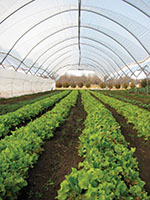
• Subscribe to Growing for Market for the latest news and ideas.
Reprinted from JSS Advantage September 2009.
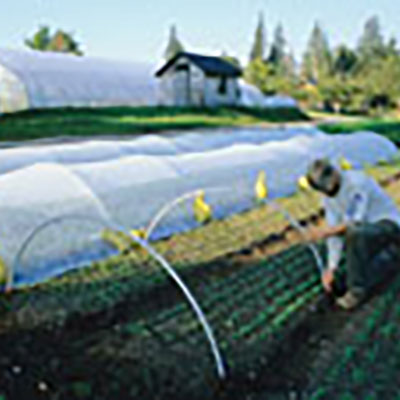
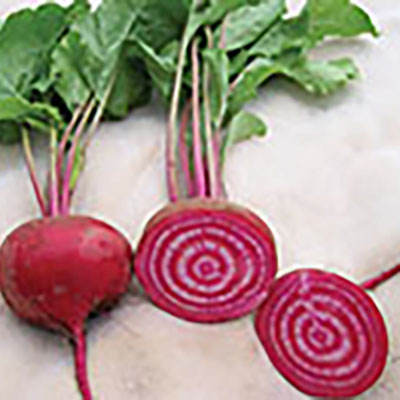
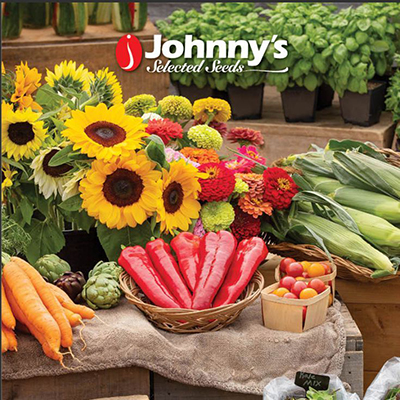

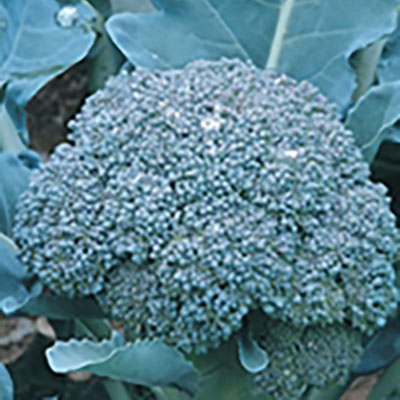

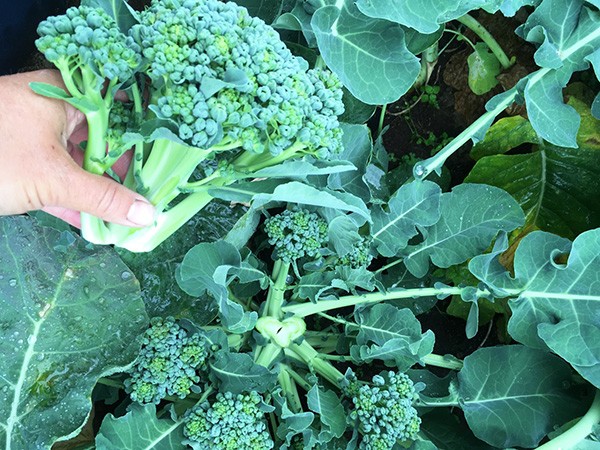 It took me years to find, but I finally have a favorite broccoli. I’m actually not a fan of the standard hybrid types; I don’t love their flavor, they take up a lot of space for just one harvest, and ubiquitous as they are, I’m limited in what I can charge for them. So I kept trying all the open-pollinated and non-heading types until I hit on one that I love: Piracicaba.
It took me years to find, but I finally have a favorite broccoli. I’m actually not a fan of the standard hybrid types; I don’t love their flavor, they take up a lot of space for just one harvest, and ubiquitous as they are, I’m limited in what I can charge for them. So I kept trying all the open-pollinated and non-heading types until I hit on one that I love: Piracicaba.